Travel period Jan 2017
Japan’s Hidden Winter Wonderland
Have you ever heard of Yamagata? Yamagata is a large prefecture along the Sea of Japan coast in the Southern Tohoku Region. I hadn’t until I read about Yamadera, a scenic Temple on a steep mountainside was actually only twenty minutes train ride from Yamagata.
Yamagata also known as the home of “Oshin”, she was the heroine in the Japanese television drama “Oshin”, which has been repeatedly broadcast in 68 countries and regions including Asian countries, and moved many people (including myself) to tears.
About Yamagata
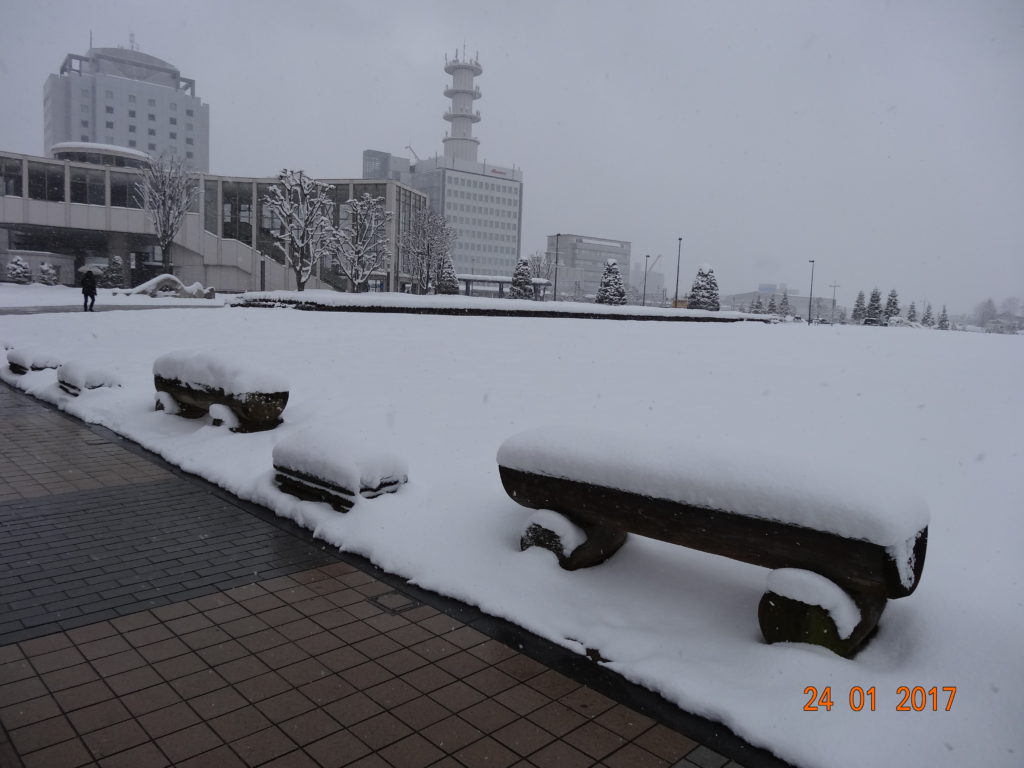
Located deep in Northern Japan, Yamagata is home to a vast treasury of hidden gems including a mountain shrine, that is so sacred that one is not to speak of what happens on its consecrated grounds.

Though Yamagata is rife with an endless array of allures to pick from, few things can compare to the prefecture’s magnificent winters. Nestled among its snow-capped peaks, you’ll find a smorgasbord of attractions that range from rustic hot spring towns to awesome ski resorts.
Getting to Yamagata

We travelled to Yamagata from Tokyo by Shinkansen (Japanese bullet train), taking about two hours and fifty minutes. After we get on the Yamagata Shinkansen at Tokyo station, we knew that we were in Yamagata Prefecture about two and a half hours later, when we saw the mountain range suddenly appear through the train window. It was pleasant to just sit there looking at the thick snow covered mountains and trees.
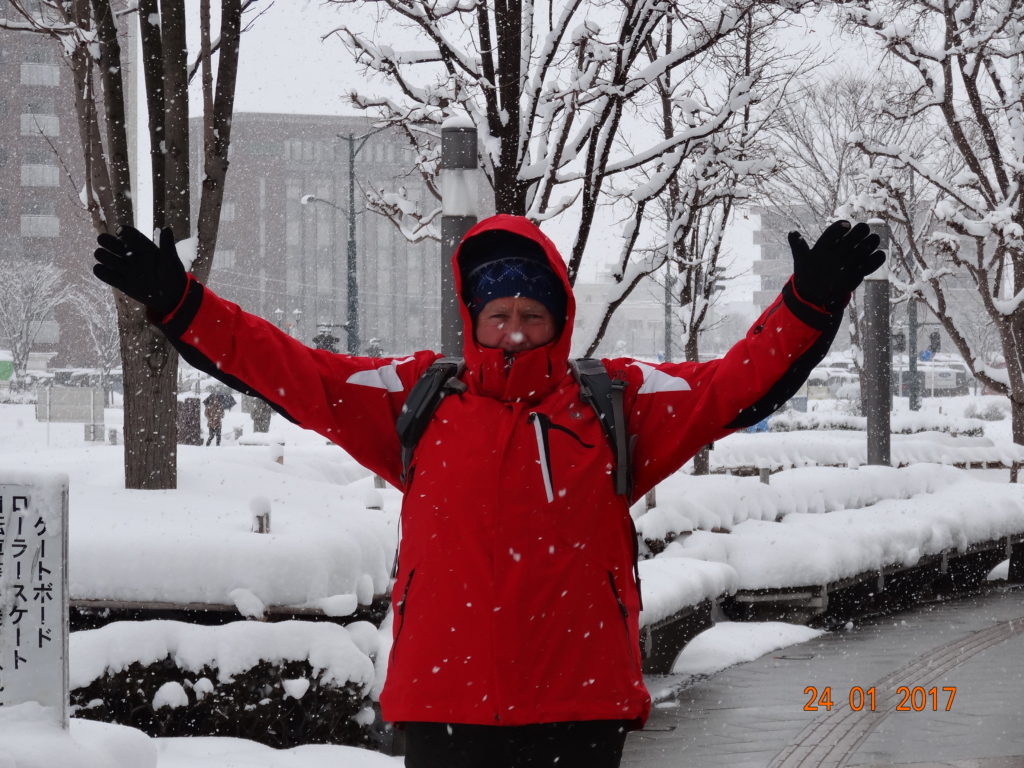
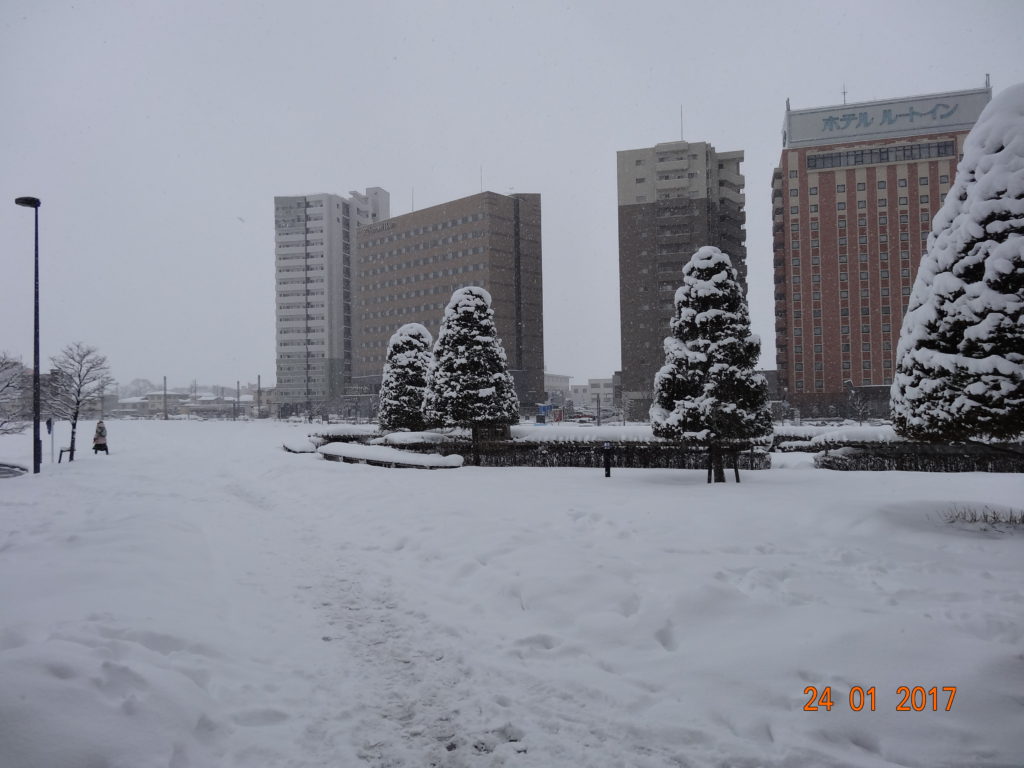
Accommodation
We stayed at Richmond Hotel Yamagata Ekimae. The hotel is located at the quieter side of the train station, about 5 minutes’ walk from JR Yamagata station’s West exit. Our room was pretty big (by Japanese standards), with very friendly and professional staff. At the front desk, I was given a complimentary set that included a face mask, hair pack, etc.
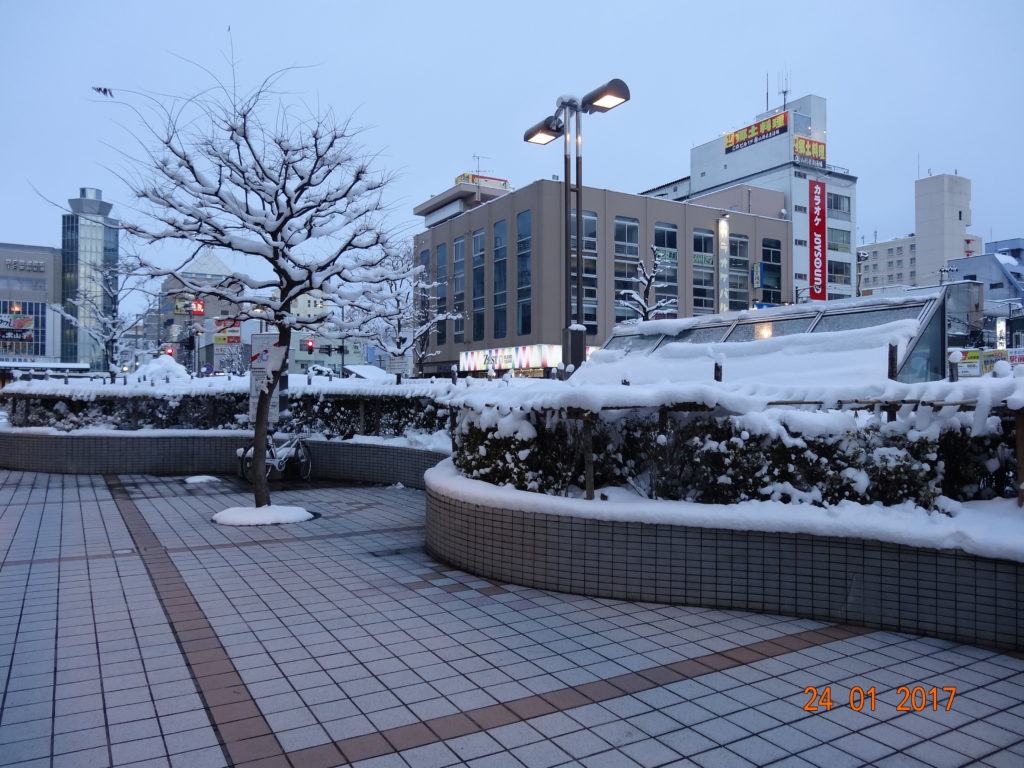
We arrived in Yamagata just after mid-day, as it was too early for us to check in, we dropped our bag at the front desk and started exploring the West side of the station. As we walked out of the hotel, turned left and walked to the main road running away from the station, we hardly saw anyone walking on the street; then we discovered the area was a business district as the street was lined with tall buildings and offices. However about 150 meters down the road, at the next corner, there was a large supermarket. In front of the supermarket there were many shops selling a variety of food.

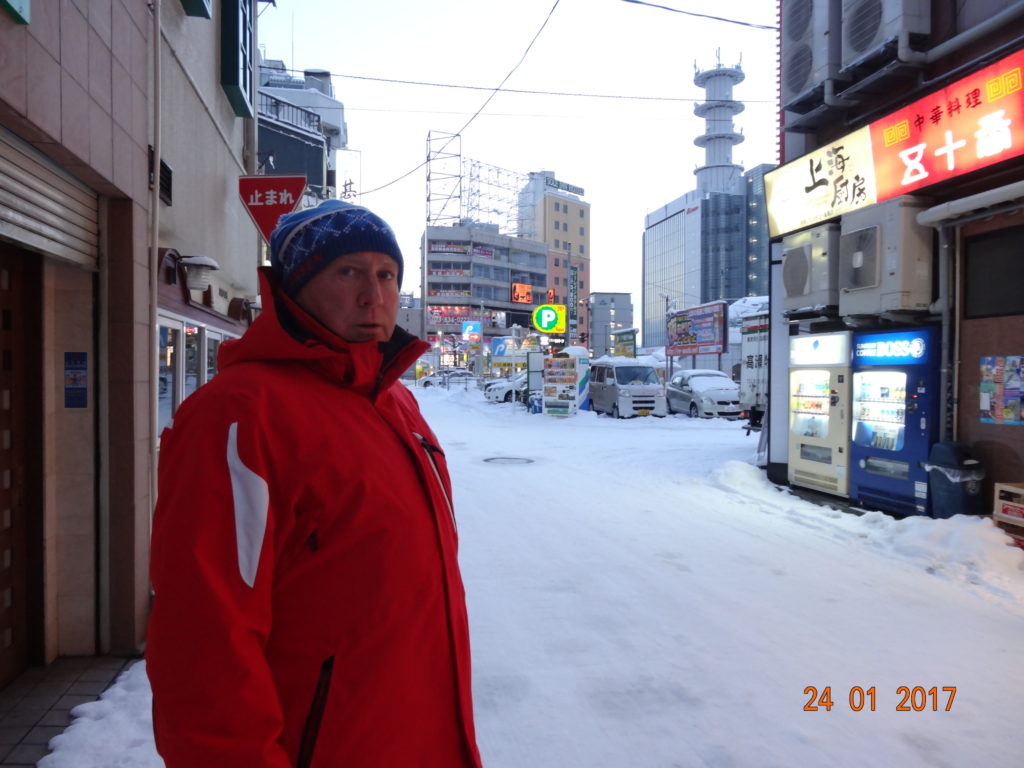
In the evening we walked to the opposite side of the station, which was the East side. This side was actually more vibrant and brighter than the West side, with lots of people walking on the street, we could feel the vibe of this side of the city. As we kept walking along the street, we found many shops, pachinko (is a type of mechanical game originating in Japan and is used as both a form of recreational arcade game) and restaurants. This was interesting for us, as one city had two completely different sides of life!
Yamadera
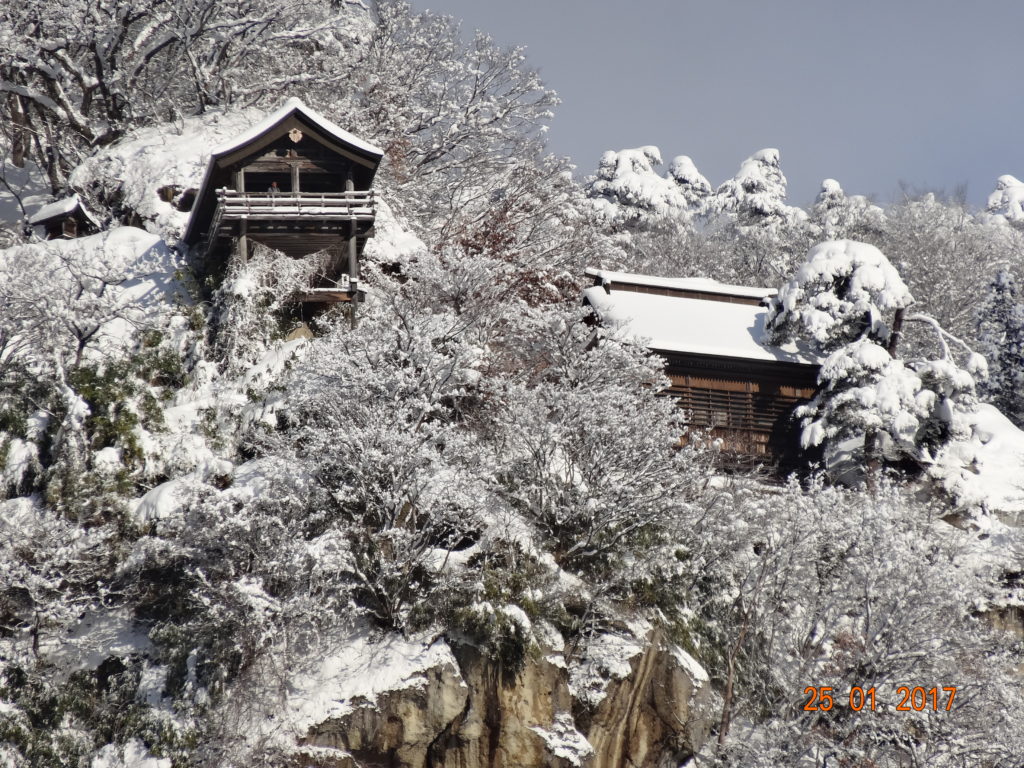
Since Yamadera Temple was our prime reason for visiting Yamagata, the following day we made our way to Yamadera, a scenic temple located in the mountain’s northeast of Yamagata City. Yamadera Temple, also known as Risshaku-ji, has even been visited by Japanese poet Matsuo Basho, who composed one of his most enduring haiku there. During Basho’s journey into northern Japan in the late 1600s he stopped at Yamadera and composed a short poem about the stillness and silence of the area.
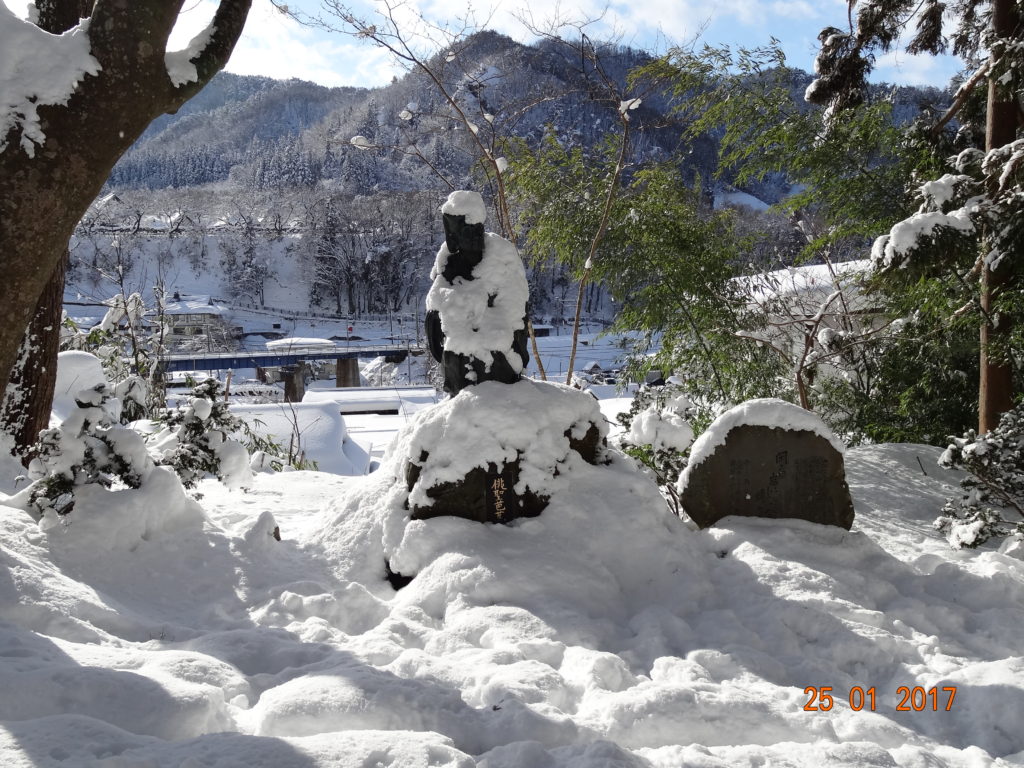

Nowadays, a statue of Basho and a rock inscription of his famous poem can be found in the lower area of the temple grounds. The temple grounds extend high up a steep mountainside, which is blanketed with snow every winter. The top of the temple boasts a picture-perfect view of the winter scenery.
Getting There

Yamadera Station is served by the JR Senzan Line, which connects Yamagata City and Sendai. The station can be easily reached directly from either Yamagata Station (about 20 minutes, 240-yen, one train per hour) or Sendai Station (about one hour, 840-yen, one train per hour). If traveling to Yamadera from Tokyo, it is usually faster to travel via Sendai.
To the Top of the Scenic Temple

From the station, the entrance to the temple complex is just a few minutes away by foot. The base of the complex is home to the main hall and flame from Enryaku-ji, the temple’s real charms are all located at the summit. We climbed about a thousand steps to reach the top of the temple, the climb cost us 300 yen per person, in our opinion this minor expense was well worth the priceless view from the top.

After mustering all our grit and determination, we are ready to begin our ascent. The trek leads us through the mountain’s towering cedar trees blanketed with powdery snow as it winds its way up the mountain. On the way we encountered numerous small monuments and stone lanterns as well as a series of carvings in the mountainside. The Buddhist motifs, coupled with the forest canopy, combine to create a very atmospheric hike. Approximately halfway up the mountain trail we passed a gigantic rock supposedly shaped like the Amida Buddha called the Mida Hora rock.

Eventually we came across the Niomon gate. From here the upper portions of Yamadera are only about one hundred stairs away. The area opens up to a number of temple buildings and a stunning view of the valley below. This panorama creates a stark contrast to the upward journey where the view is secretly concealed by foliage.

In the area past the Niomon gate we found two of Yamadera’s most iconic buildings, the Kaisando Hall and the adjacent Nokyodo building. The former is dedicated to the founder of Yamadera whereas the latter was used for copying Sutra.


Just past the Kaisando Hall, we have found yet more stairs that lead up to the Godaido Hall. The observation deck dates back to the 1700’s and offers magnificent views of the surrounding valley. We spent a good hour gazing lazily out at the mountains in the distance.


Yamadera has one more point of interest and that would be the Okunoin, that sits at the top of even more stairs. This final structure houses a large statue of the Amida Buddha which can be observed from the outside. As we made our way there, we kept our eyes out for some of the monk’s residences and tried to imagine what it would be like to live up here!


Once we’d seen everything Yamadera had to offer, we headed back down. There were many shops on the way back to the station. We went into one of them and decided to have the local specialty Imoni; a type of taro and meat soup eaten traditionally in the autumn in the Tohoku Region of Japan.
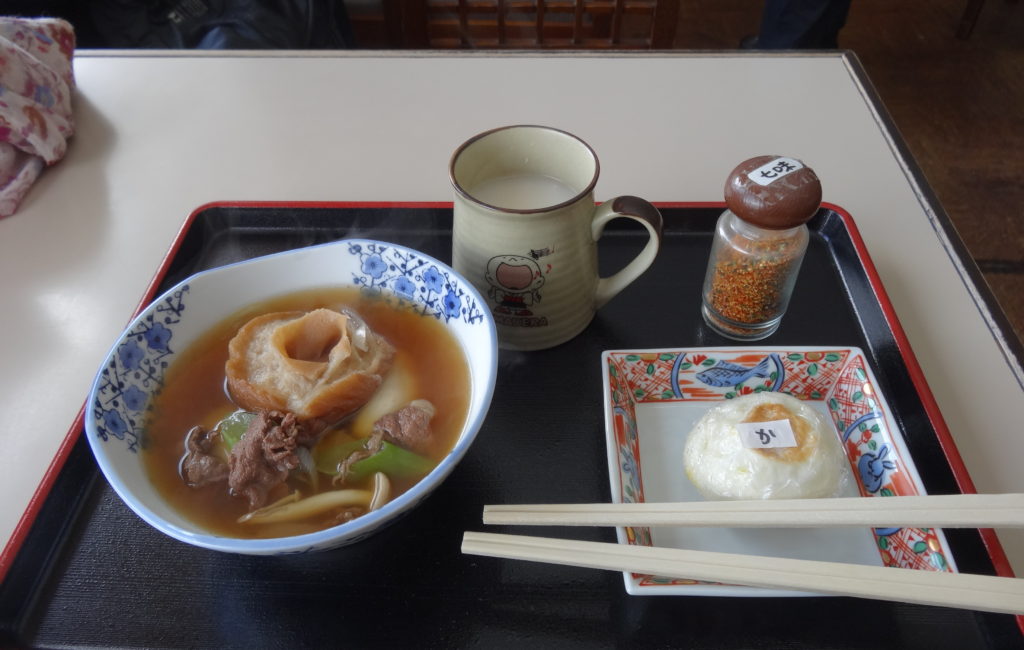
While a visit to Yamadera can technically be done in a day, we thought it would be a shame to go all the way to Yamagata prefecture only to get on a train and head back right away. We decided to travel to Sendai, and sample a little more of what the northern Tohoku region had to offer. This takes about a one-hour train ride from Yamadera station. We only spent one hour to one and half hour in Sendai, as we didn’t have much time to spare, but it was enough for us to get the first feel of the city.

About Sendai
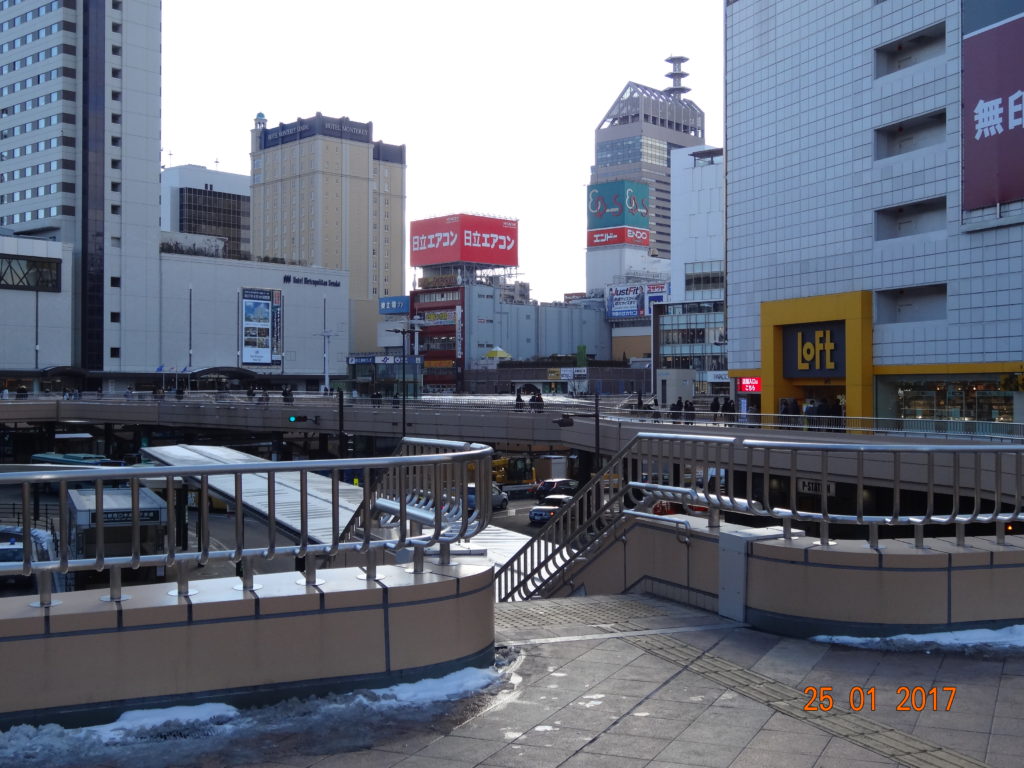
Renowned as angry and vengeful, Masamune was also an aesthete, a connoisseur of Noh theater (classical Japanese theater involving singing and dancing with a lyrical text) and calligraphy.
The history and influence of the “One-Eyed Dragon” (the nickname of Masamune, who lost an eye as a child) can be discovered to the west of Sendai, nestled on Kyogamine Hill. Many of Sendai’s tourist attractions are related to Masamune and his family.
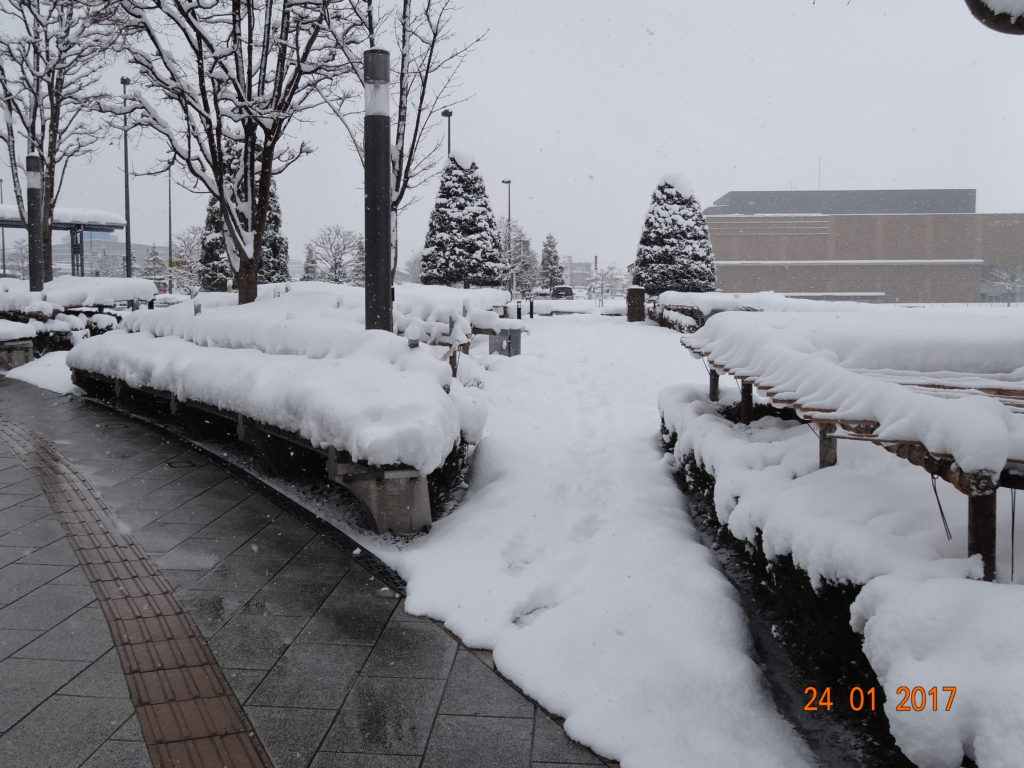
Overall, we agreed Yamagata in winter was amazing, a visit when there was a good blanket of snow is an unforgettable experience. Which has made us feel like visiting Japan’s hidden winter wonderland again and again. We wished we had at least one more day to spend in this fairy tale city, but unfortunately, we had to say goodbye after only two nights and get on the train to our next destination.
Note: The information provided in this post was correct at time of publishing but may change. For final clarification please check with the relevant service.

